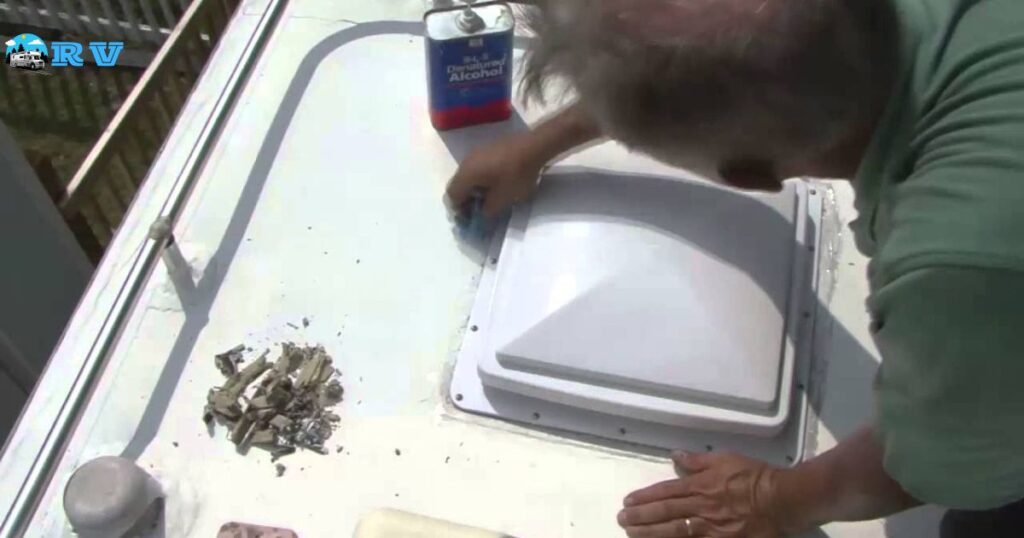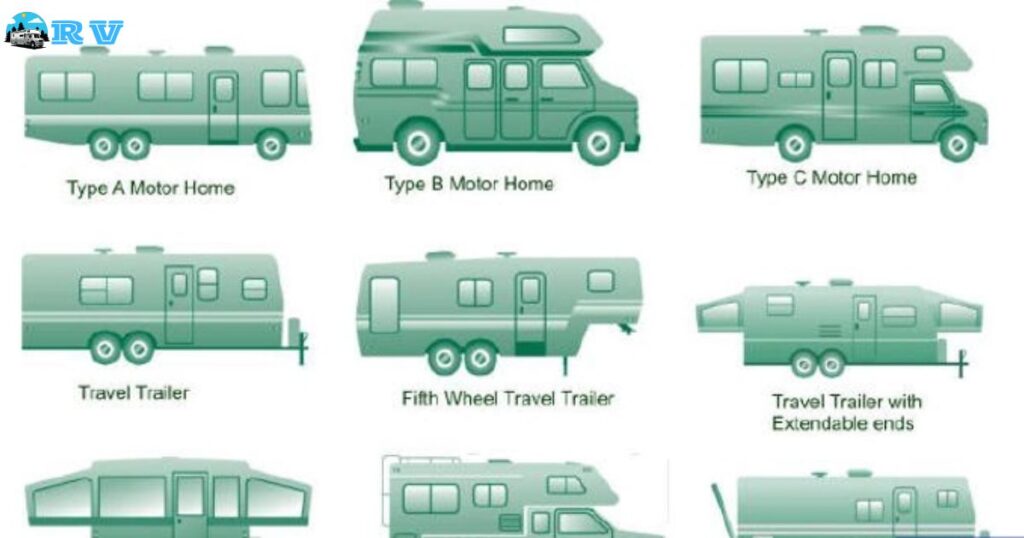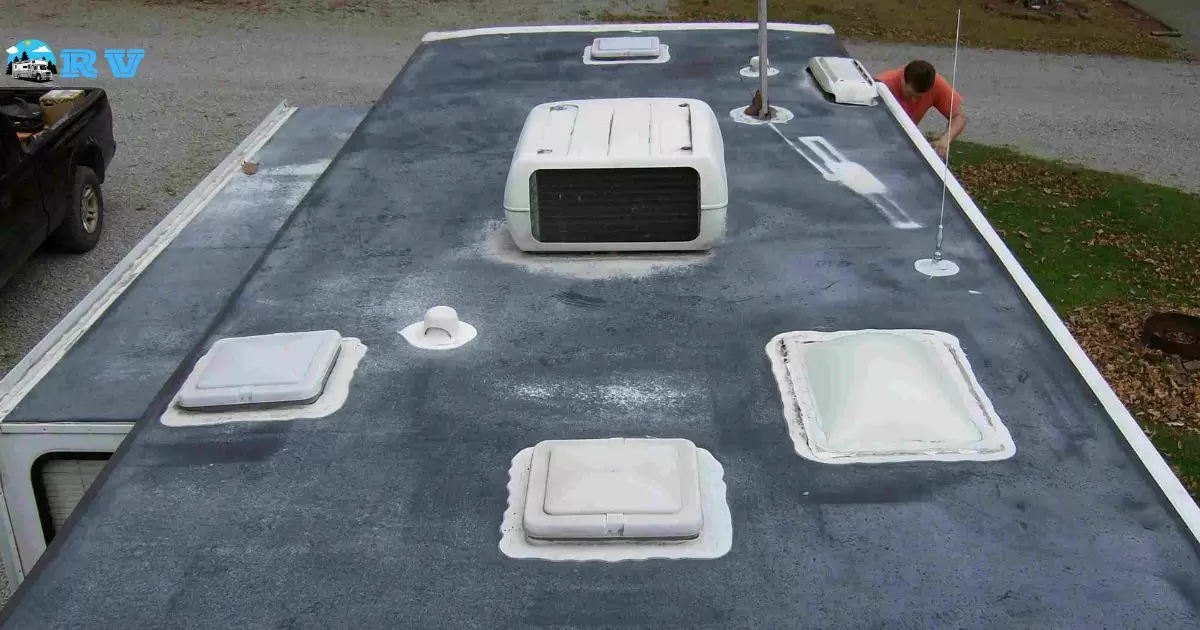Cost to reseal an RV roof, it refers to the amount of money required to renew the protective sealant or material covering the roof of a recreational vehicle. Resealing an RV roof is crucial for preventing water leaks, maintaining the structural integrity of the vehicle, and extending its lifespan.
Are you curious about the cost of maintaining your RV. One common question that often arises in the world of RV ownership is, How much does it cost to reseal an RV roof? Explore the answer and ensure you’re prepared for your next adventure without breaking the bank.
The cost to reseal an RV roof can range from a few hundred dollars for a DIY project to over a thousand dollars if you hire a professional service. Keep in mind that investing in quality materials and workmanship is crucial to ensure the longevity and effectiveness of the resealing job.
What Is RV Roof Resealing
RV roof resealing is a crucial maintenance task for every RV owner. Over time, the roof of your RV can develop leaks and wear and tear due to exposure to the elements. Resealing the roof is the process of applying a protective coating or sealant to prevent water leaks, protect against UV damage, and extend the lifespan of your RV’s roof.
Finding and fixing roof leaks promptly can save you from expensive repairs in the future. It’s important to inspect your RV’s roof regularly and identify any signs of damage or leaks.
How to Find a Roof Leak

Identifying a roof leak in your RV is essential to prevent further damage. Start by inspecting the interior of your RV for any signs of water stains, drips, or mold. Once you suspect a leak, head to the roof and examine it for visible cracks, gaps, or damaged sealant.
To find a leak, you can use a hose to simulate rain and systematically check different areas of the roof for any water intrusion. Be thorough in your examination and look for any bubbling, discoloration, or soft spots in the roof material. If you’re unable to locate the source of the leak, consider consulting a professional.
How Often Should You Reseal Your RV Roof?
The frequency of RV roof resealing depends on several factors, including the type of roof material, climate conditions, and the quality of the initial sealing. Generally, it is recommended to reseal your RV roof every 2-4 years. More frequent inspections are necessary, especially if you notice any signs of damage or leaks.
To help you understand the recommended resealing intervals better, here’s a table summarizing the general guidelines for different roof materials:
| Roof Material | Recommended Resealing Interval |
| Rubber Roof | 2-4 years |
| Fiberglass Roof | 4-6 years |
| TPO Roof | 3-5 years |
| Aluminum Roof | 3-5 years |
Please note that these are approximate recommendations, and your specific situation may vary.
How to Reseal an RV Roof
To reseal an RV roof, start by cleaning it thoroughly to remove dirt and old sealant. Inspect for any cracks or damage, and fix them before applying new sealant. Use a high-quality RV roof sealant and apply it evenly across the surface, covering all seams.
Allow it to dry according to the manufacturer’s instructions, then inspect for any missed spots and touch up if needed. Remember to perform regular inspections to catch and repair potential issues early.
Rubber Roof
A rubber roof is a common type of RV roof material. To reseal an RV roof with a rubber surface, use a compatible rubber roof sealant. Regular resealing helps prevent leaks and extends the life of your roof. It’s an essential maintenance step for rubber roof owners.
Fiberglass Roof
A fiberglass roof is a common material for RV roofs. To reseal a fiberglass RV roof, first, clean it thoroughly. Then apply a suitable fiberglass roof sealant to protect against leaks and UV damage. Regular resealing helps extend the lifespan of your RV’s fiberglass roof.
Aluminium Roof
Sure thing! Here’s the updated paragraph:
Aluminium roofs on RVs are durable and long-lasting. To replace a rubber roof on an RV, clean it thoroughly and apply a suitable aluminium roof sealant. This helps prevent leaks and extends the roof’s lifespan. Regular maintenance is key to keeping your aluminium roof in top condition.
Types of Camper Sealing

When it comes to resealing your RV roof, you have several options for sealant materials. The most common types of camper sealing materials are:
Liquid Roof Sealant: Liquid roof sealant is a popular choice for resealing RV roofs. It is easy to apply, provides a seamless protective layer, and can be used on various roof materials.
Tape Sealant: Some RV owners prefer using tape sealant, which is a self-adhesive tape designed to cover seams and gaps in the roof. It’s a quick and efficient option for preventing leaks.
Caulk Sealant: Caulk sealant is used to fill gaps and joints in the roof. It is commonly used around vents, skylights, and other fixtures on the roof.
Spray-On Sealant: Spray-on sealant is a convenient option for larger roof areas. It creates a uniform protective layer and can be applied quickly.
Do Factors Affect Repairing Costs?
Several factors can affect the cost of repairing or replacing an RV roof. The main factors include the type of sealant used, the size and condition of the roof, and whether you choose to do the work yourself or hire a professional.
Liquid roof sealant and tape sealant are generally more cost-effective for DIY projects, while hiring a professional for a complete roof reseal may be more expensive but ensures a high-quality result. If there are extensive roof repairs needed due to significant damage, the cost can increase significantly.
What Are the Benefits of Resealing an RV Roof?
Resealing an RV roof offers several benefits to RV owners:
Prevent Leaks: The primary purpose of resealing is to prevent water leaks, which can cause costly damage to your RV’s interior.
Extend Roof Lifespan: Regular resealing can extend the lifespan of your RV’s roof, saving you from the expense of a full roof replacement.
Protect Against UV Damage: The sealant acts as a protective barrier against UV rays, preventing premature deterioration of the roof material.
Maintain Resale Value: Proper maintenance, including roof resealing, helps maintain the resale value of your RV.
Peace of Mind: Knowing that your RV roof is in good condition and leak-free provides peace of mind during your travels.
FAQs
How can I tell if my RV roof needs resealing?
Regularly inspect your RV roof for signs of damage, such as cracks, water stains inside, or soft spots. If you notice any of these, it’s time to consider resealing.
What type of sealant should I use for resealing my RV roof?
The choice of sealant depends on your roof material, but liquid roof sealant is a versatile option for most RV roofs.
Is resealing an RV roof a DIY project?
Yes, resealing can be a DIY project if you’re comfortable working on your RV. However, hiring a professional is a good choice if you’re unsure of your skills.
How often should I inspect my RV roof for potential leaks?
Regularly inspect your RV roof every few months and after extreme weather events to catch and repair issues early.
Conclusion
In a nutshell, resealing your RV roof is like giving it a sturdy shield against the elements. It’s a simple yet powerful way to keep your RV in tip-top shape. By checking for leaks, using the right sealant, and doing regular maintenance, you’re setting yourself up for worry-free adventures on the road.
So, don’t forget to give your RV’s roof the care it deserves – it’s a small effort for big peace of mind. Remember, a well-maintained roof means a longer life for your RV. It’s like giving it a protective hug. So, keep an eye out for any signs of wear and tear, and don’t hesitate to reseal when needed. Your RV will thank you with years of happy travels.











